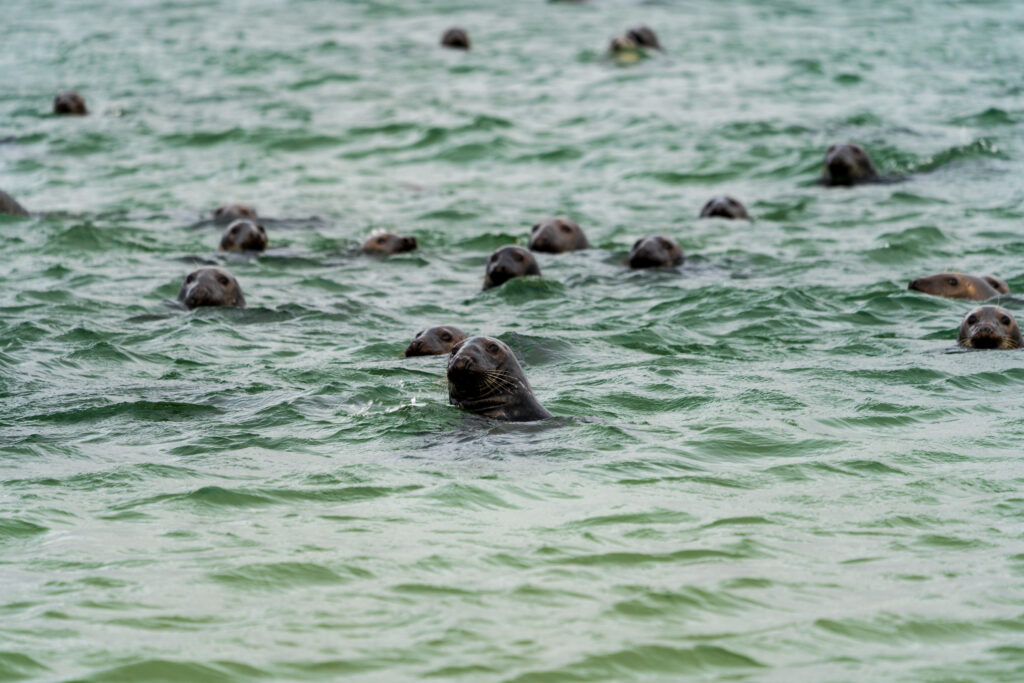Gil Theriault mentioned that we have significantly reduced our seal hunting efforts in recent years, although we haven’t completely stopped. Unfortunately, it has come to his attention that we’ve lost control over the seal population in the south of the Gulf of St. Lawrence. The situation has become incredibly challenging because of the number of seals. He is not sure if we can ever regain control at this point.
Currently, the harp seal population has grown from approximately 1.5 million in the 1970s to around eight million today. The situation with grey seals is even more alarming, as their population has exploded from around 10,000 in the east of the Atlantic to roughly half a million. This increase is primarily due to our failure to fulfill our role as top predators.
Ritchie Sweet motioned we used to rely on the right conditions and winds to bring seals to our shores, but that hasn’t been happening for the past five years. In those years, you wouldn’t spot a seal for miles. However, in certain years, they returned in large numbers, and we had to walk several miles to reach them.
When Ritchie first started hunting at the age of 18 or 19, they always worked in groups. Certain guys knew what they were doing, and they guided us. It was a consistent group, and Ritche looked forward to it each year.
Their group prepared for the hunt by painting their small boat and attaching ropes for the seals. The real work began when they reached the seals. Clubbing and skinning the seals were messy and challenging tasks. The sight of blood on the ice made it a target for organizations like Greenpeace, who used it to criticize our practices.
Gil Theriault mentioned that sealing in Magdalen Island was the reason why there are people on Magdalen Island. Historically, sealing was essential for the people of Magdalen Island. In March, seals would come around the island, providing fresh meat after months of eating salted cod and potatoes. A local butcher began processing seal meat in an artisanal and craft-like manner, creating various products such as sausages and burgers. People are crazy about these products.
Ritchie said when he first started, he had no idea how to skin a seal, but he was fortunate to learn from experienced hunters who had done it before. Tradition is vital, and I believe that in 30 or 40 years if we’ve learned our lesson, seal hunting may resume.
Gil Theriault mentioned that the seal market has shifted away from fur-centered products to protein and omega-3. This transition is slow to rebuild the industry, but he believes it will make the industry stronger in the long run. He said don’t have a choice; we need to fulfill our role as top predators and manage the seal population.
Watch the video:



